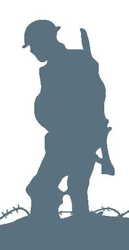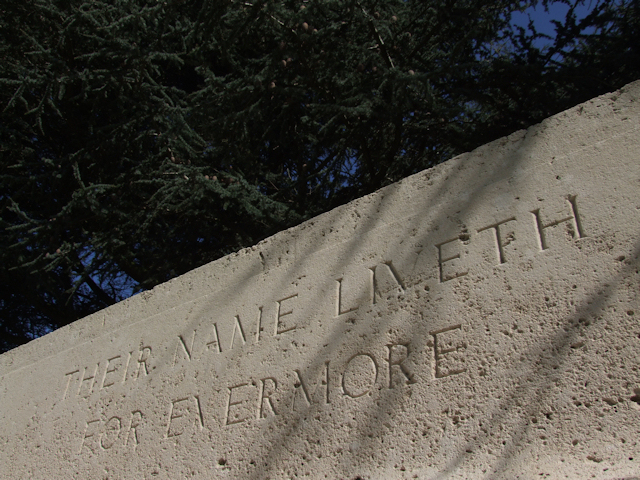Name
Basil Binyon
Conflict
First World War
Date of Death / Age
Rank, Service Number & Service Details
Awards: Service Medals/Honour Awards
Not Yet Researched
Cemetery/Memorial: Name/Reference/Country
Headstone Inscription
Not Researched
UK & Other Memorials
Biography
Basil Binyon was born at 5 Henley Road, Ipswich on 23rd April 1885, and lived in Bushey in the years before the Great War. His association with Abbots Langley is through marriage to Gladys Elsie Rosa Keep, the eldest daughter of John and Agnes Keep of Gallows Hill Lane. He was recorded in the Abbots Langley Parish Magazine Roll of Honour each month from April 1915 through to the end of the Great War. Basil was the third of four children of Brightwen and Rachel Binyon. Brightwen Binyon worked as an Architect and Painter.
Basil was educated at Leighton Park School at Reading and in 1903 attended Trinity College, Cambridge, where he rowed in his College’s boat. From University he worked at the Cambridge Scientific Instrument Company, and later for Marconi’s Wireless Telegraph Company where he assisted Guglielmo Marconi on the first transatlantic Morse Code radio transmissions from Cornwall to Newfoundland. In the 1911 Census Basil was recorded living at Haydon Ridge, Bushey. His occupation was listed as Electrical Engineer.
In 1914 Basil and his wife Gladys lived at St Cuthbert’s, Bushey. His home was one of the first to have electric lighting and wiring around the house.
On 22nd September 1914 Basil joined the Royal Naval Volunteer Reserve as a Lieutenant. His wireless telegraphy expertise was employed for the War effort, at Eastchurch Wireless Experimental Station, where he worked on torpedo dropping experiments on Southampton Water. He progressed to design a wireless set which was taken out to Gallipoli. In March 1915 he pioneered methods of gun spotting by the use of wireless from aircraft, enabling naval commanders to have their fire controlled by communication with an air observer. From 1915 to the end of the War he continued experiments with wireless technologies and for three and a half years was the Officer in Charge of all Wireless-Telegraphy Research. Basil was promoted frequently throughout this time, and on 31st December 1916 was given the rank of Flight Commander. He trained as a pilot and by 26th March 1918 he had flown 33 hours, of which over 22 hours had been solo flying. In the summer of 1918 he was recommended for an OBE for his war work on radio telegraphy and was gazetted on 7th June 1918 to Major Basil Binyon, Royal Air Force. He remained with the Wireless Experimental Establishment at Cranwell until 21st March 1919, and then returned to Cambridge to complete his MA. After the War he formed companies working in the field of radio communication and in 1922 was appointed as one of the original Directors of the British Broadcasting Corporation (BBC). In 1925 he was appointed Chairman of the Institute of Electrical Engineers, and in the late 1920’s when his Radio Communication Company merged with Marconi he joined the Board of Directors on the internationally famous organisation
Basil Binyon survived the War.
Additional Information
Formerly Royal Navy Air Service
Acknowledgments
Roger Yapp - www.backtothefront.org



